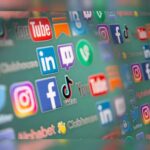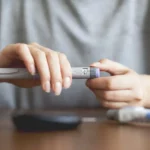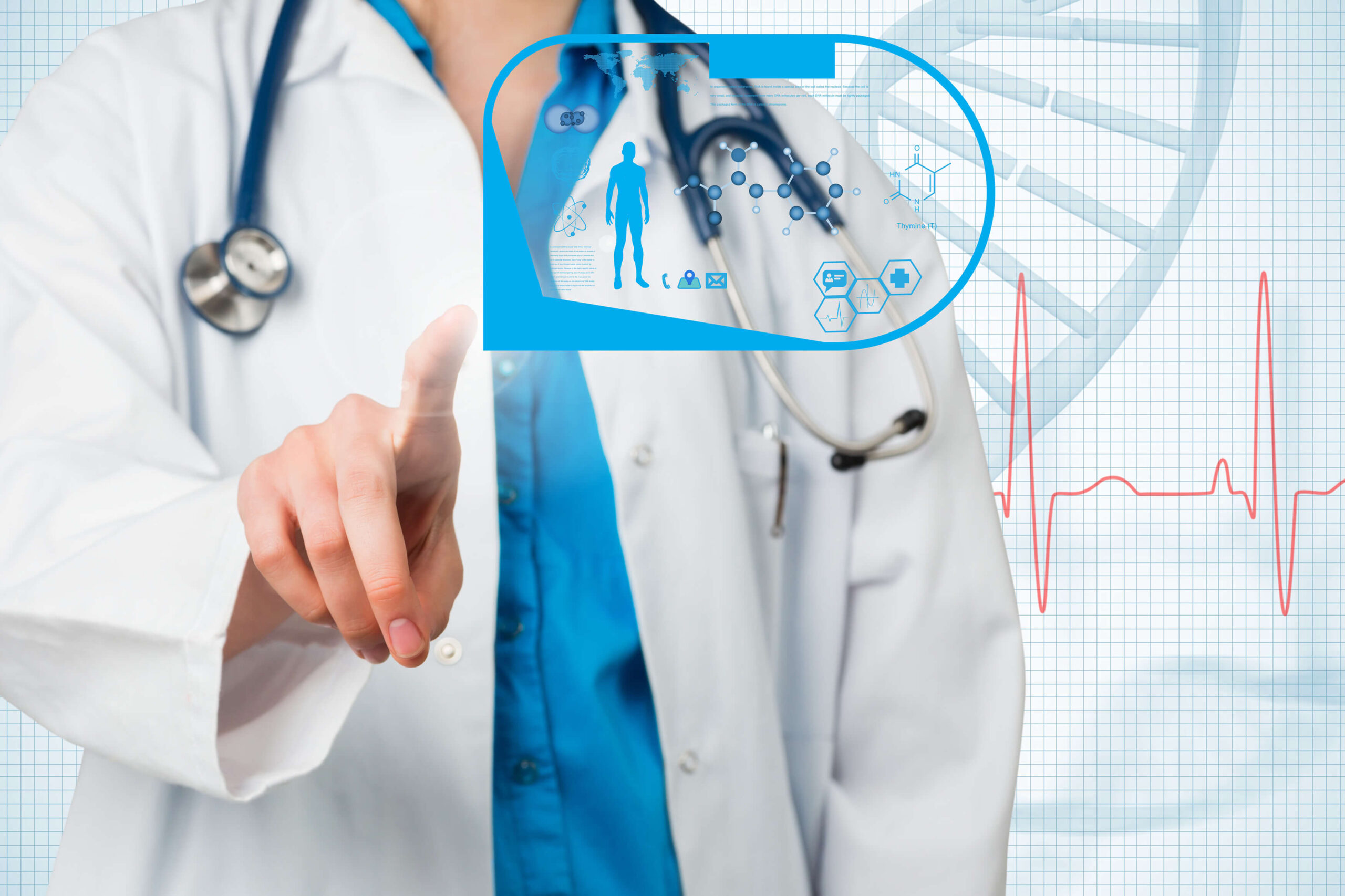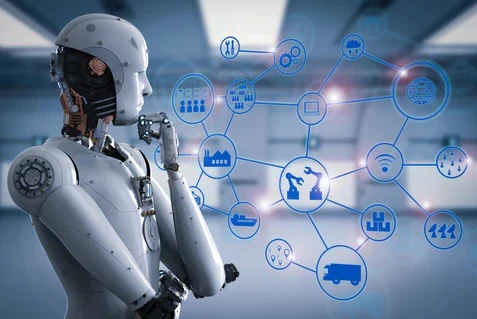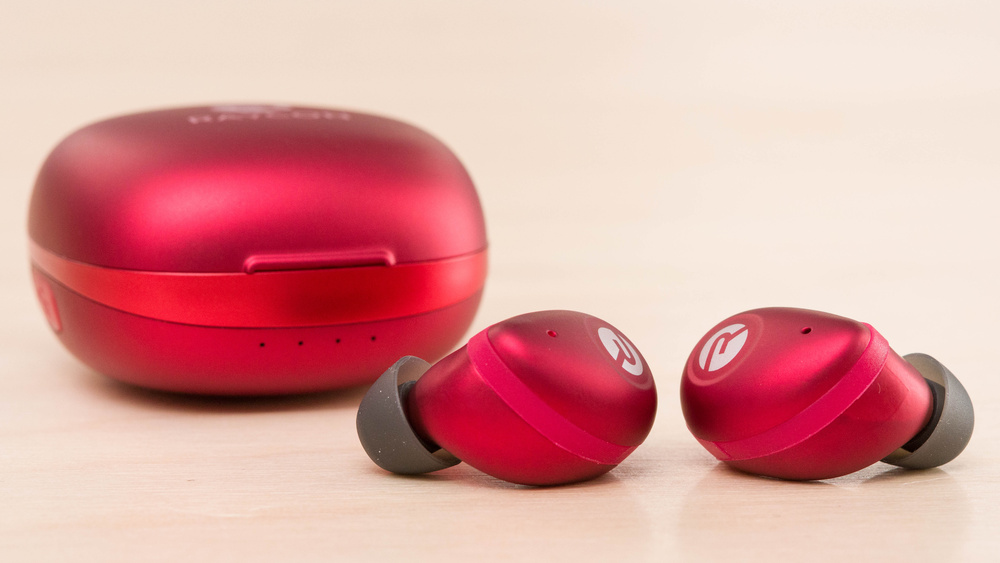The Internet of Things (IoT) is changing the way we live and work, and the healthcare industry is no exception. IoT applications in real life are transforming healthcare and wellness, making it easier for doctors and patients to monitor health, improve outcomes, and reduce costs. In this article, we’ll explore the ways in which IoT is being used in healthcare and how it’s revolutionizing the industry.
Table of Contents
Remote Patient Monitoring
One of the most significant ways in which IoT is transforming healthcare is through remote patient monitoring. With the use of wearables and sensors, patients can be monitored remotely, and doctors can track vital signs, activity levels, and other health metrics. This can lead to better outcomes and reduced hospital stays, as doctors can identify issues before they become critical.
Connected Medical Devices
Connected medical devices are another significant area where IoT applications in real life are making a difference. Medical devices, such as blood glucose monitors, inhalers, and insulin pumps, can now be connected to the internet and monitored remotely. This means that doctors can keep track of patients’ conditions and make changes to their treatment plans in real-time.
Telemedicine
Telemedicine is the use of technology to provide medical care remotely. With the help of IoT, telemedicine is becoming more prevalent and accessible. Patients can use their smartphones or tablets to consult with doctors and other medical professionals, receive a diagnosis, and get a prescription. This is particularly helpful in rural areas where there may be a shortage of medical professionals.
Smart Hospitals
IoT applications in real life are also being used to create smart hospitals. These hospitals use connected devices and sensors to monitor patients, track equipment, and automate workflows. This can lead to improved patient outcomes and reduced costs, as hospitals can identify inefficiencies and make changes to improve efficiency.
Medication Management
IoT is also being used to improve medication management. Patients can now use smart pill dispensers that remind them when it’s time to take their medication. Doctors can also monitor medication adherence remotely and make adjustments to treatment plans as needed.
Personalized Healthcare
IoT applications in real life are also being used to create personalized healthcare plans. With the help of wearables and sensors, doctors can track patients’ health metrics in real-time and create personalized treatment plans based on their individual needs.
Data Analytics
IoT is generating vast amounts of data, and data analytics is being used to make sense of it. With the help of machine learning algorithms, doctors can identify trends and patterns that would be impossible to detect manually. This can lead to improved patient outcomes and reduced costs.
Predictive Maintenance
IoT is also being used to perform predictive maintenance on medical equipment. Connected devices and sensors can monitor equipment and identify potential issues before they become critical. This can lead to improved uptime and reduced maintenance costs.
Improved Patient Experience
IoT is also being used to improve the patient experience. Patients can use their smartphones or tablets to check in, access medical records, and communicate with medical professionals. This can lead to reduced wait times, improved communication, and a more positive patient experience.
Security and Privacy
As with any technology, there are concerns about security and privacy. IoT applications in real life must be designed with security and privacy in mind, and organizations must ensure that patient data is protected. With the right security measures in place, IoT can be a powerful tool in the healthcare industry.
Conclusion
IoT applications in real life are transforming healthcare and wellness. Remote patient monitoring, connected medical devices, telemedicine, smart hospitals, medication management, personalized healthcare, data analytics, predictive maintenance, improved patient experience, and security and privacy are just a few of the ways that IoT is making a difference in healthcare. With the help of IoT, doctors and medical professionals can track health metrics in real time, identify issues before they become critical, and make adjustments to treatment plans as needed. Patients can also access medical care remotely, receive personalized treatment plans, and have a more positive patient experience.




